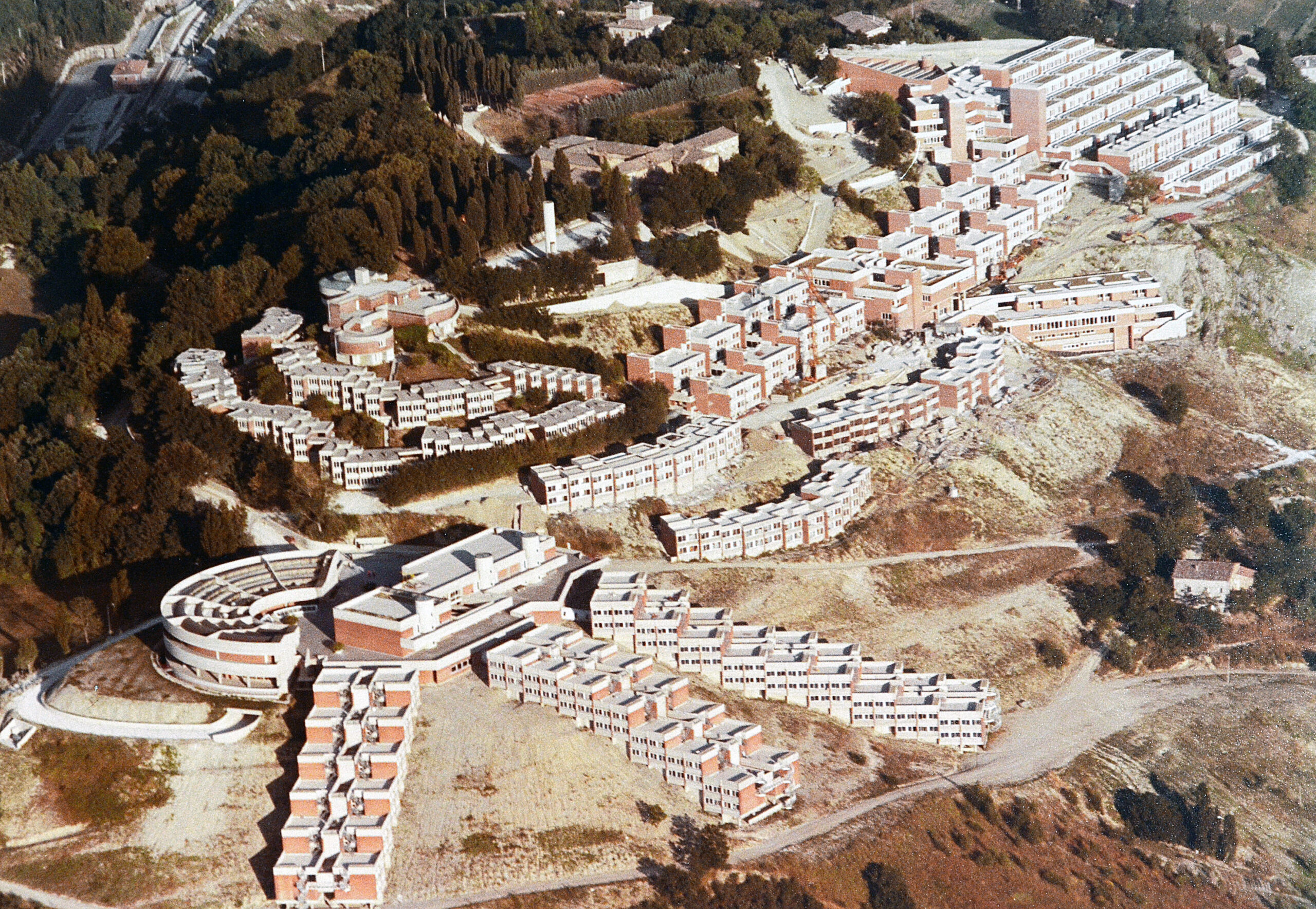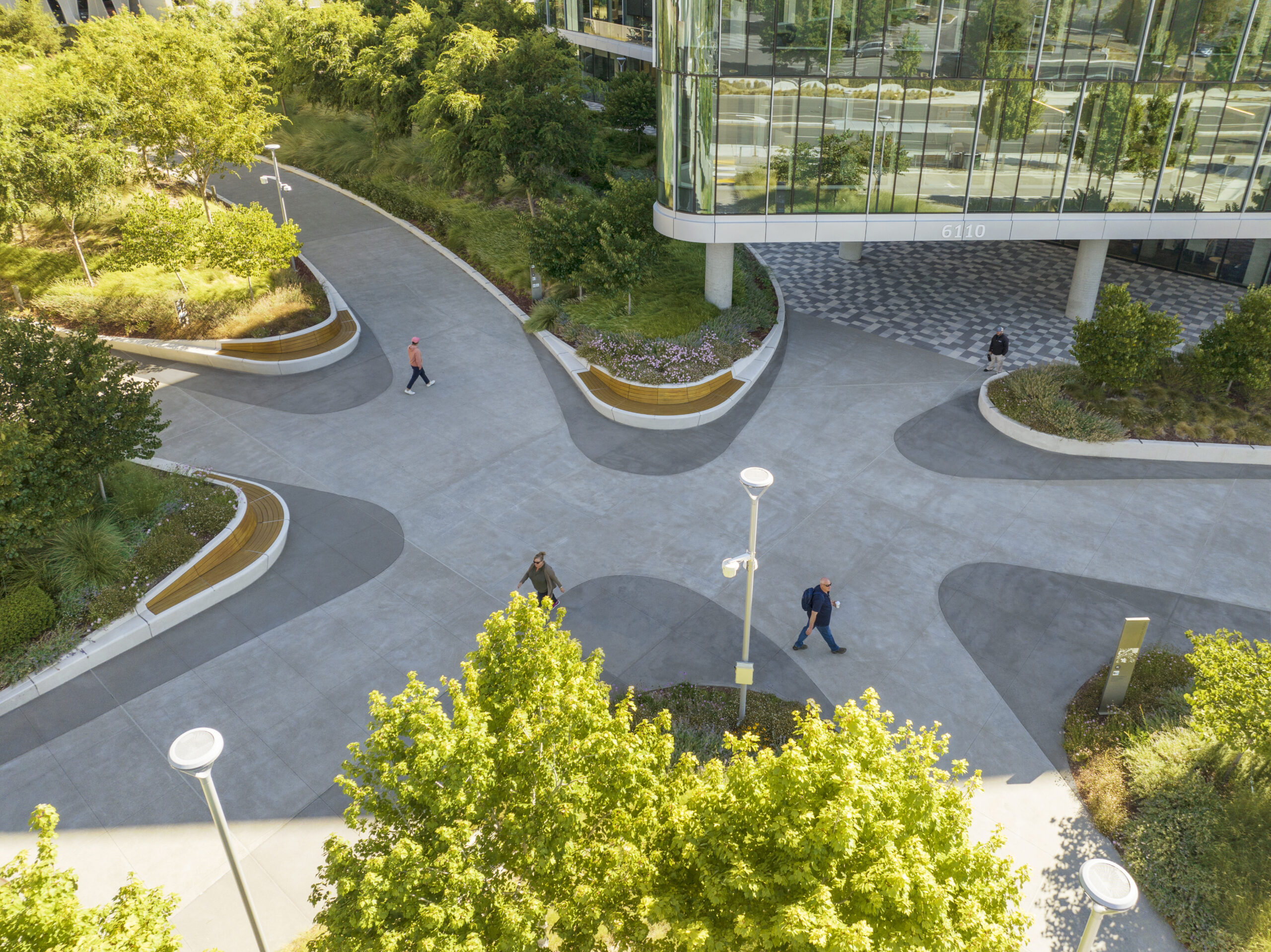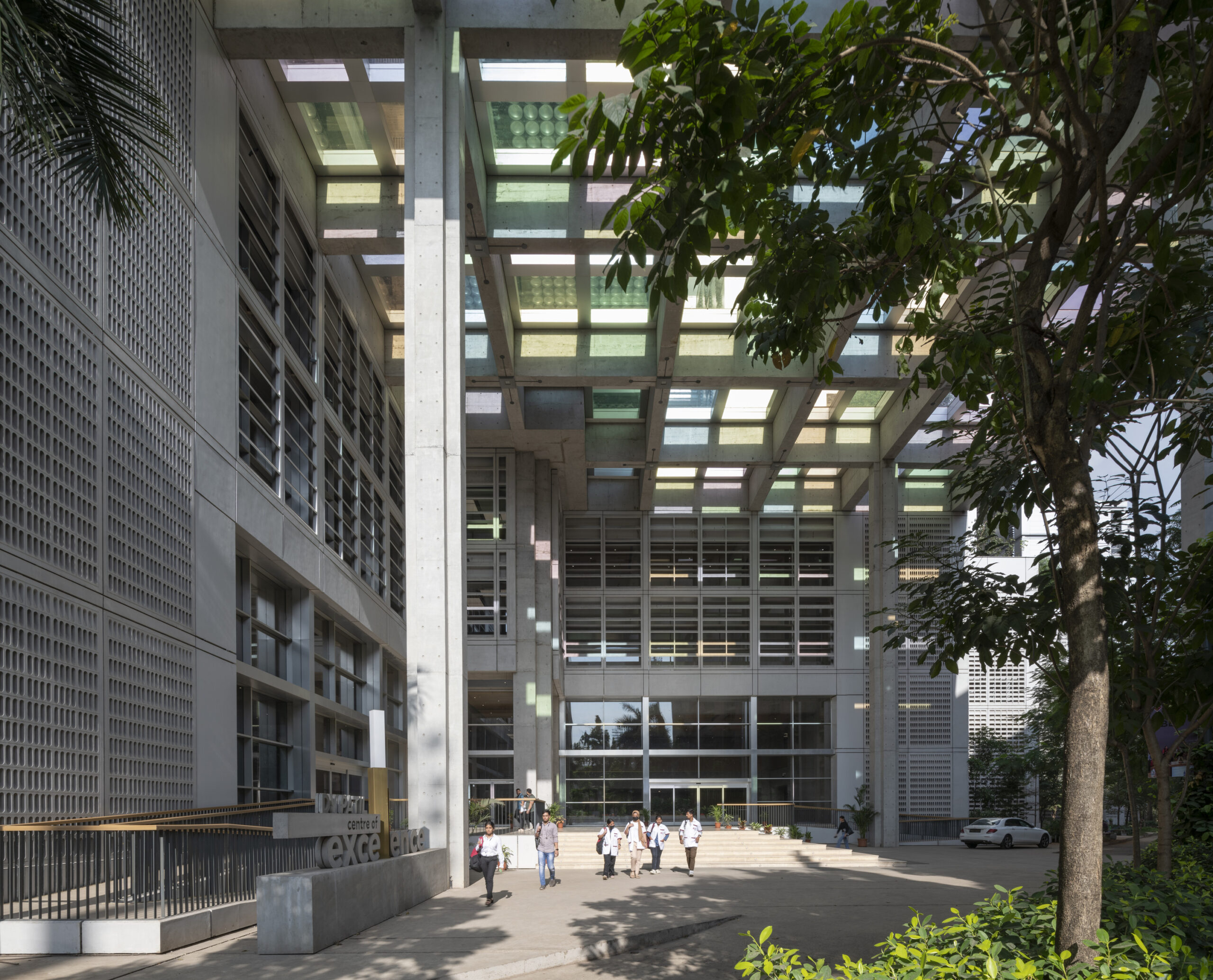Architizer’s new image-heavy daily newsletter, The Plug, is easy on the eyes, giving readers a quick jolt of inspiration to supercharge their days. Plug in to the latest design discussions by subscribing.
As architects and designers, we are well-versed in the language of space. Our vocabulary teems with phrases like ‘context,’ ‘site-specific,’ ‘ergonomic,’ ‘user-friendly’ and ‘human-centric.’ We talk about striving to build environments that reflect not just our design philosophies but the broader scope of human needs and experiences.
Unfortunately, as time has passed, those words have been more about style than substance. Yet, with the resurgence of interest in and use of participatory design, the professional practice of many designers and architects is evolving. Using real insight from those who intend to occupy our creations is regaining traction — and changing the architectural landscape.

Collegi del Colle by Giancarlo De Carlo, Urbino, Italy. Photograph from Unirub Archive
Born in the democratic workshops of 1960s Scandinavian software design, participatory design or co-design has transcended the digital realm and firmly planted its roots in the fertile ground of architectural practice. It is Italian architect Giancarlo De Carlo, a true torchbearer for what has come to be known as participatory design, who is recognized for bringing the practice to the forefront of architectural learning.
De Carlo was a devout believer in the right of every individual to shape their physical environment, and he pioneered the integration of this methodology into architecture. His transformative vision manifested most famously in his designs for the University of Urbino. Here he worked for decades, radiating outward along the hill town’s slopes and embedded into the landscape, constructing housing, classroom and administration buildings. The refined concrete and masonry structures of the university were less concerned with form — they focused on the movement of people through the spaces. The global reception of De Carlo’s work at Urbino cannot be overstated. His work truly underlines the cornerstone of participatory design: dialogue.

Workday + BART Innovation Plaza by HOK, Pleasanton, CA, United States. Photo provided by HOK | In a pioneering public-private partnership, the team at HOK collaborated with Workday, the City of Pleasanton and Bay Area Rapid Transit (BART) to transform an unshaded and poorly lit vacant lot adjacent to a regional BART station into a stunning new park and plaza.
Participatory design is a radical departure from the traditional model of an architect as an isolated, unchallenged genius. It rebalances the power dynamics, inviting in many voices — end-users, urban planners, environmental consultants, local communities and even passersby all bring their collective knowledge to become, essentially, stakeholders in the project. In this open forum of perspectives, the architect’s role evolves from a dictator of space and form into a facilitative mediator, translating diverse inputs into a coherent design objective.

DY Patil University Centre of Excellence by Foster + Partners, Navi Mumbai, India | The architects worked side by side with the University Chancellor, Dr Vijay Patil to successfully design the new building. Dr. Patil appointed his own team and numerous local craftspeople who used onsite prototyping to continually refine manufacturing and construction techniques over the course of the project.
The implications of participatory design extend far beyond the realm of aesthetics and functionality; it resonates deeply in the socio-economic sphere. By promoting active participation from all stakeholders, it fosters a sense of ownership, identification and connection. The resultant built environment, thus, becomes less of a foreign imposition on what was once ‘home’ and more of an extension of the community’s collective identity, improving social cohesion and bolstering a sense of belonging and pride.
The course of participatory design, however, is not always smooth sailing. The process is inherently complex and time-consuming. The task of weaving together multiple viewpoints into a unified design narrative can be a daunting challenge, fraught with potential disagreements and contradictions.

Victory Village by Van Meter Williams Pollack, Fairfax, CA, United States. Photograph by Ken Gutmaker | This is a 54-unit sustainable housing project for low-income seniors. It was completed despite opposition and a long list of challenges. By adopting a participatory design approach, the project was strongly supported by the community and the Mayor, embodying Fairfax’s commitment to inclusivity and sustainability.
There is also an inherent risk of imbalance within such a democratic framework. As is common in the business environment, highly vocal contributors, those who believe their contributions are more valuable than the collective or individuals with greater privilege, may drown out the quieter, less respected and marginalized voices, thus compromising the very democratic ethos the methodology strives to uphold. Therefore, the architect must also be an advocate and ally, ensuring that each voice contributes equally to the design narrative, regardless of its volume or stature.
Yet, without a doubt, the potential benefits of participatory design are hugely compelling. When deftly navigated, it can yield spaces that genuinely echo the aspirations, identities and needs of its end users. This heightened level of identification and satisfaction can nurture a deeper respect for the built environment, leading to successful long-term usage and maintenance practices.
In the professional context, participatory design triggers a profound shift in the architect’s role. The solitary creator transforms into a community facilitator, negotiating between personal creative vision and the community’s collective wisdom. This not only broadens creative horizons but also roots each project in the lived experiences of its users.

Komera Leadership Center by BE_Design, Rwanda. Photograph by Bruce Engel | A space to support young women, this center was built by partnering with Rwanda Village Enterprises (RVE), using mostly locally sourced materials and a workforce with significant female representation. The project team engaged closely with the community, whose vital contributions spanned from the project’s inception to completion.
In truth, participatory design pushes the boundaries of architectural practice itself. It is not merely about the development of architectural forms — it’s about the evolution of the purpose and perception of architecture. It’s a call to action for architects to design with people rather than for them, fostering a shared narrative that embeds human stories, experiences, and identities into the architectural fabric.
Looking towards the future, participatory design heralds a more towards a more democratic, equitable, and sustainable architectural practice. It symbolizes more than just an alternative design methodology; it signifies a fundamental transformation in how architecture is created, perceived, and experienced. As architects and designers, we are poised at an exciting crossroads, with the opportunity to redefine our professional ethos in this participatory light.
Architizer’s new image-heavy daily newsletter, The Plug, is easy on the eyes, giving readers a quick jolt of inspiration to supercharge their days. Plug in to the latest design discussions by subscribing.



 En
En